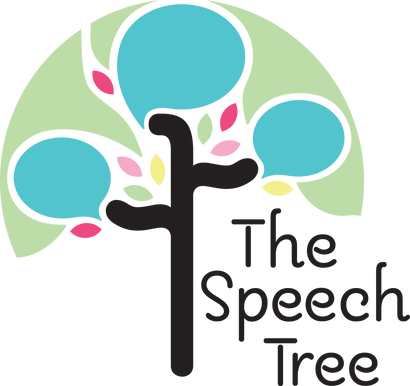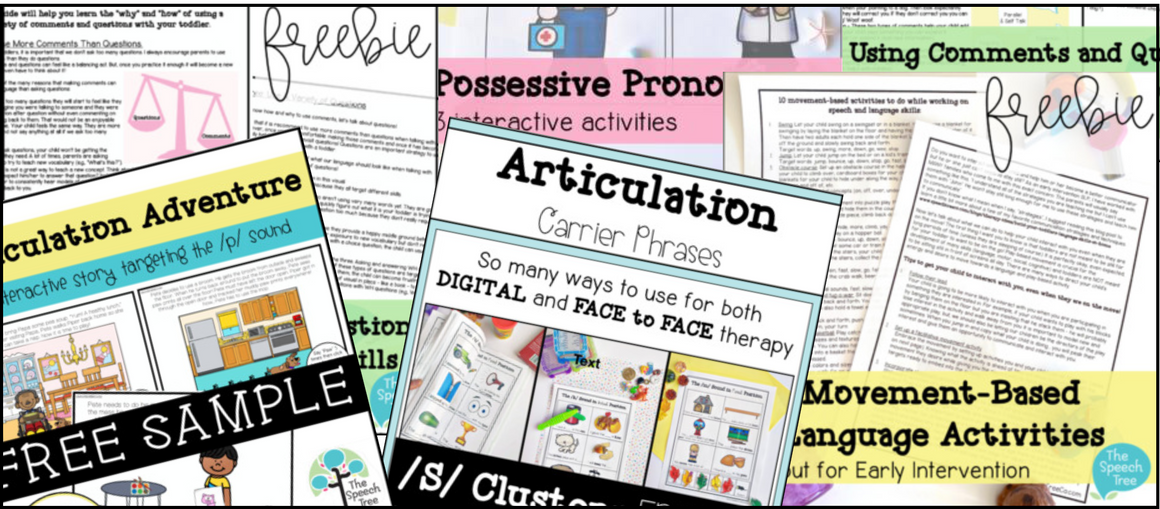Using Toy Rotation To Foster Communication Development

Toy Rotation
What is it?
Cycling through your child's toys and only have a portion of them accessible at one time.
How do I do it?
Let's say you have 28 toys for your child.
Some of these toys include: blocks, balls, cars, music toys, superheroes, dollhouse, baby dolls, ball popper, piggy bank, puzzles, dress up clothes, trains, bubbles, crayons, play dough, shape sorter, books, play kitchen, bubbles, etc.
Using this example, I would create 4 cycles of 7 toys each. Meaning, I would divide the 28 toys into 4 groups. I would assign each group a box labeled (1, 2, 3, 4). I would leave one group (7 toys) out of the box and accessible for my child in their play area. I would put the remaining 3 boxes (3 groups - each containing 7 toys) up and out of reach and sight.
The amount of groups and number of toys per group may differ depending on how many toys you have. It is recommended to have between 5-10 toys out for access at one time.
The length of one cycle may also differ depending on your personal preference. I typically suggest rotating the toys out every 1-2 weeks.
When dividing your toys into groups, you may want to try to include toys from different categories into each group. Here are some examples of categories and examples of toys that would fall into those categories:
- Building toys: blocks, stacking cups
- Art: crayons, paint, construction paper, play dough
- Thinking toys: puzzles, shape sorters
- Pretending toys: cars, superheroes, plastic food, baby dolls, puppets
- Creative toys: instruments
- Cause effect toys
- Books
- Movement toys
- Miscellaneous
Using the example list of toys shown above, and taking into consideration the different categories each toy falls under, my toy groups might look something like this:
Group 1: blocks, play dough, shape sorter, baby dolls, play kitchen, books
Group 2: Legos , crayons, superheroes, piggy bank, balls, books
Group 3:music toys, puzzle, dollhouse, trains, bubbles, books
Group 4: Puzzle, cars, dress up clothes, ball popper, books, stacking cups
Why do I do it?
- Have you ever tried to join in on your child's play only to find that they immediately just switch to something new? It can be hard to get your child to actively engage with you and a toy and learn a new skill if there are 10+ other toys around them all within arms length.
- Toy rotation reduces visual clutter and decreases boredom. Each time you bring out a new cycle of toys, the child gets excited as if they are brand new (they haven't seen these toys in 4-8 weeks!).
- By reducing this visual clutter, you are helping the child have a longer attention span and better engagement. Attention + engagement = learning.
- The child will play with toys for longer periods of time which will help with learning new vocabulary. Each toy presents an opportunity for a variety of new vocabulary. (e.g., Cars: crash, fast, wheels, etc / Kitchen: cook, eat, hot, egg, etc.). Children need a lot of repetition in order to learn and use new vocabulary. If they are constantly switching from toy to toy, they are not getting enough focused repetition of those new concepts that each toy uniquely presents. By having only a few toys available, they will have more interaction with those toys and more exposure to those new vocabulary words.
- Toy rotation is also easier on you! Each time you rotate a cycle out, you can get rid of/donate old or broken toys. It also makes day to day clean up time faster.
I hope this inspires you to give toy rotation a try!
Leave a comment
Comments will be approved before showing up.




